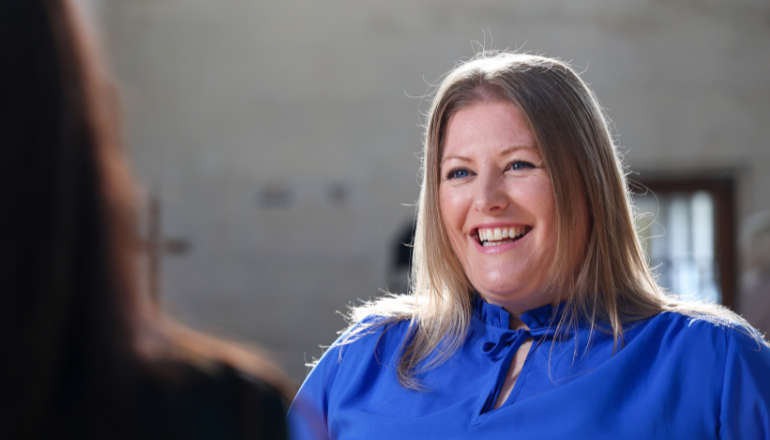
Our concept of saving is two-fold, but thankfully, the route to greater financial security follows a single path. Adele Trathan offers seven practical steps you can use to save money
When it comes to our understanding of one of the most crucial aspects of our lives – our finances – it’s somewhat inconvenient that the key word 'savings' can end up having two different meanings.
In one sense, savings represent the little slices of money we can gradually chip off existing bills and commitments; whilst, in another, it is a term that reflects money put away into a safe space for future treats or emergencies.
Thankfully, both definitions can be satisfied with these useful tips and all have the ability to help put you in a better financial place of confidence and optimism.
ONE
Home and away
Some of the biggest monthly expenses we incur are to do with things such as living arrangements and the cost of keeping a car on the road.
To make major savings on these, consider renting out a spare room; and perhaps explore vehicles that lower insurance premiums, or that are cheaper to run (think petrol instead of diesel, and possibly electric instead of both!).
TWO
Utility room
The cost of utilities has been a hot topic in the UK for the past year, and while the outlook is still depressing in terms of the price of water, gas and electricity, it’s a fast-moving and ever-changing picture, so staying on top of these costs and being alert and willing to switch to a new provider, if necessary, is always smart.
THREE
Spring clean your bank account
The average Brit spends over £10 per month on subscriptions they don’t use and, in most cases, don’t realise are still costing them money.
That makes saving well over a hundred pounds a year very quickly achievable just by having a glance over recent bank statements and bringing unwanted subscriptions to an end.
FOUR
Budge that budget
Naturally, for costs you cannot eliminate completely, finding a good way to budget your way through the monthly financial demands of your life is super-smart; so investigate the best ways to save on your current outgoings… perhaps by switching to supermarket-own brands, buying second-hand clothes, or maybe by cutting back on takeaways. Learn to separate these into fixed and variable costs and really drill down into ways you can make everyday activities more affordable.
FIVE
Self-sufficiency efficiency
Another way that’s become very common for cutting back on costs is to tend to household jobs yourself. Naturally, anything that poses danger – such as attempting to fix utilities, construction aspects or working at height – should strictly be done by a professional, but these days more homemakers are looking to save money with DIY and consulting YouTube tutorials as a route to saving on expense.
SIX
Wind down the debt
There is no point moving money into savings spaces without having first addressed debt, as it will cost you more to service than the equivalent use of that money in savings interest.
Clearing debt will also endear you to credit agencies, which means, in future, certain purchases and loans may be available to you at a cheaper rate than if your credit file continued to show amounts owing.
SEVEN
Savings accounted for
Now transport all these positive savings into a designated savings account. You’ll want to keep this out of everyday reach – a number of accounts come with limited access over a period of time for a higher interest rate. Others also have far-enhanced interest rates for savers who keep their money in place without touching it.

 Five Most Romantic Valentine’s Gestures From Europe
Five Most Romantic Valentine’s Gestures From Europe
 Five Fabulous Foodie Places To Visit In February
Five Fabulous Foodie Places To Visit In February
 Five Fantasy Worlds We’d Love To Explore In Real Life
Five Fantasy Worlds We’d Love To Explore In Real Life
 Five Amazing Global Meals To Cure The January Blues
Five Amazing Global Meals To Cure The January Blues
 Five Incredible Spas Around the World
Five Incredible Spas Around the World



 Highest Number Of Police Officers For Hampshire And Isle Of Wight Constabulary In A Decade
Highest Number Of Police Officers For Hampshire And Isle Of Wight Constabulary In A Decade
 Emergency Services Called To Newport Petrol Station After Car Crashes Into Kiosk
Emergency Services Called To Newport Petrol Station After Car Crashes Into Kiosk
 "There's Likely To Be In Excess Of 200 Redundancies": Island Trade Unionists On School Plans
"There's Likely To Be In Excess Of 200 Redundancies": Island Trade Unionists On School Plans
 High Sheriff Presents Inaugural Maritime Volunteers Award To Cowes RNLI Station
High Sheriff Presents Inaugural Maritime Volunteers Award To Cowes RNLI Station
Comments
Add a comment